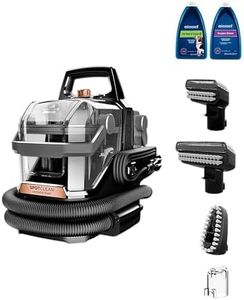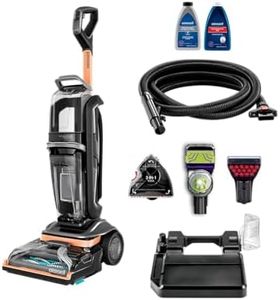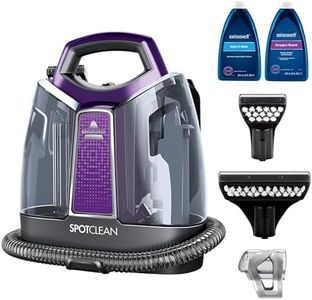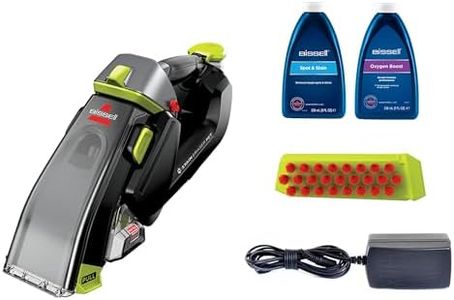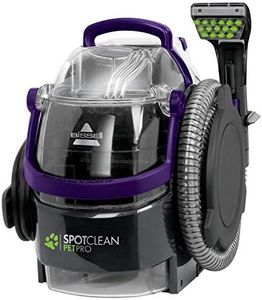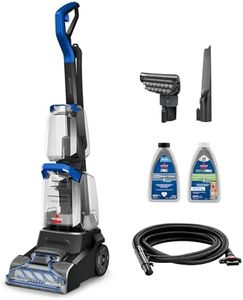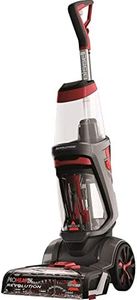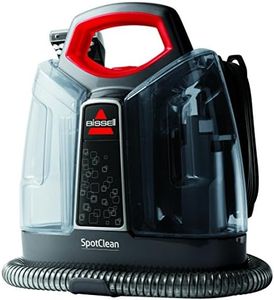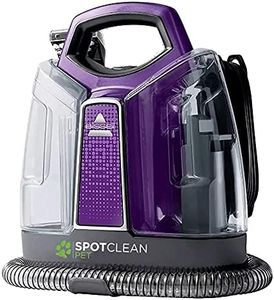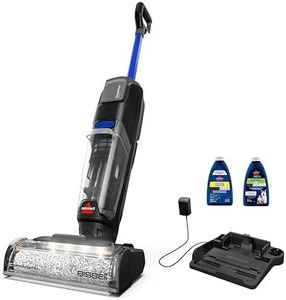We Use CookiesWe use cookies to enhance the security, performance,
functionality and for analytical and promotional activities. By continuing to browse this site you
are agreeing to our privacy policy
10 Best Bissell Carpet Cleaners
From leading brands and best sellers available on the web.Buying Guide for the Best Bissell Carpet Cleaners
Selecting the best carpet cleaner can significantly improve your ability to maintain clean, fresh carpets at home. Buying the right model involves more than just picking the first one you see—it's about understanding your specific cleaning needs, the types of carpets and stains you commonly encounter, and how often you'll use the machine. By appreciating what each key feature means and how it impacts daily use, you can confidently choose the carpet cleaner that will work best for you.Cleaning Path WidthThe cleaning path width refers to the size of the area the machine can clean in a single pass, typically measured in inches. This is important because a wider cleaning path covers more ground faster, reducing the amount of time you spend cleaning. If you have large rooms or lots of open floor space, a larger cleaning path (around 12 inches or more) can be very efficient. On the other hand, if you live in a smaller home or need to navigate around furniture often, a smaller path (around 8–10 inches) may offer more maneuverability. Consider the size and layout of your typical cleaning spaces to decide what’s most convenient.
Tank CapacityTank capacity means how much water and cleaning solution the cleaner can hold. This affects how often you’ll need to stop and refill during a cleaning session. Larger tanks (over a gallon) let you clean for longer periods, which is ideal if you have a lot of carpeted area. Smaller tanks are easier to carry and empty but mean more frequent stops. If you have limited storage space or smaller cleaning needs, a more compact tank may be preferable, while bigger homes benefit from a larger tank.
Brush SystemThe brush system describes how the cleaner agitates carpet fibers to lift dirt and stains. Some machines use rotating brushes, some use fixed rows, and others may have oscillating or dual brush rolls. More advanced brush systems generally provide stronger deep cleaning, which is ideal for homes with pets, frequent spills, or heavily trafficked carpets. Simpler systems can be easier to maintain and work well for surface cleaning or light use. Think about the types of messes you encounter—stubborn stains or pet hair may require more aggressive brushing.
Weight and PortabilityWeight affects how easy the carpet cleaner is to push, carry, and store. Bigger models can be heavier, which may matter if you need to carry it upstairs or move it frequently. Lightweight models (under 15 pounds) are convenient for quick cleanups or anyone who prefers something easy to maneuver, while heavier units (closer to 20–25 pounds) often come with bigger tanks and more powerful features. Consider your own strength, mobility, and whether you have multiple levels in your home.
Attachments and ToolsAttachments and tools help tackle specific cleaning challenges, such as upholstery, stairs, or tough stains. Common attachments include crevice tools, stair brushes, or pet stain tools. These extras are important if you need versatility beyond just cleaning floors, such as refreshing sofas or reaching tight corners. If your cleaning needs are mostly flat, open carpet, you may not need many extras, but if you want to clean furniture or car interiors, pay attention to what attachments are included.
Drying TimeDrying time refers to how quickly your carpet dries after cleaning. Some machines feature technologies or extraction modes that speed up water removal, resulting in carpets that dry in a few hours or less. This is especially useful in humid climates or busy households where rooms need to be put back in use quickly. If you don’t mind waiting longer for carpets to dry and tend to clean when you have lots of time, this may be less critical. Consider how important fast drying is for your lifestyle.
